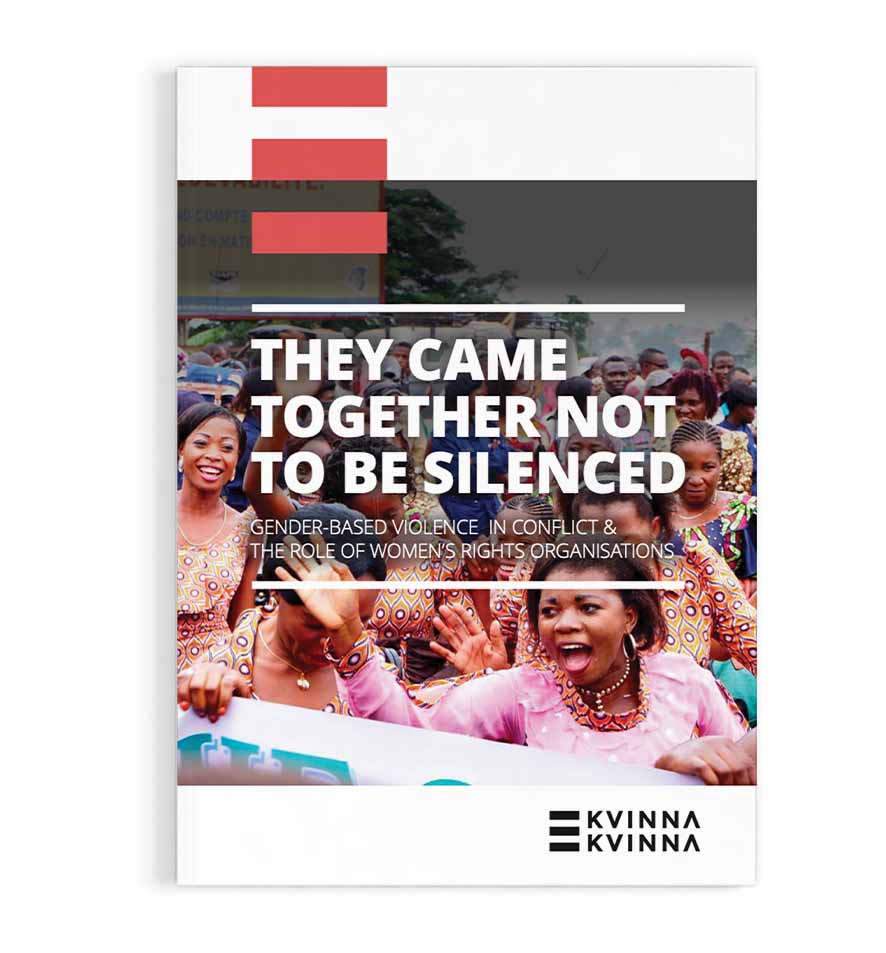In this study, The Kvinna till Kvinna Foundation looks at gender-based violence in conflict-affected countries, the long-term consequences of this violence, the work of women’s rights organisations to address the needs of victims/survivors and prevent further violence, and the obstacles that stand in the way for victims/survivors to access support and justice.
We do so by exploring four case studies: Bosnia and Herzegovina, the Democratic Republic of the Congo, Iraq, and Ukraine. While there are many differences between these contexts, there are also striking similarities between victims/survivors’ experiences and the obstacles women’s rights organisations and activists face.
Download the full report in English (pdf) or read the executive summary down below.
